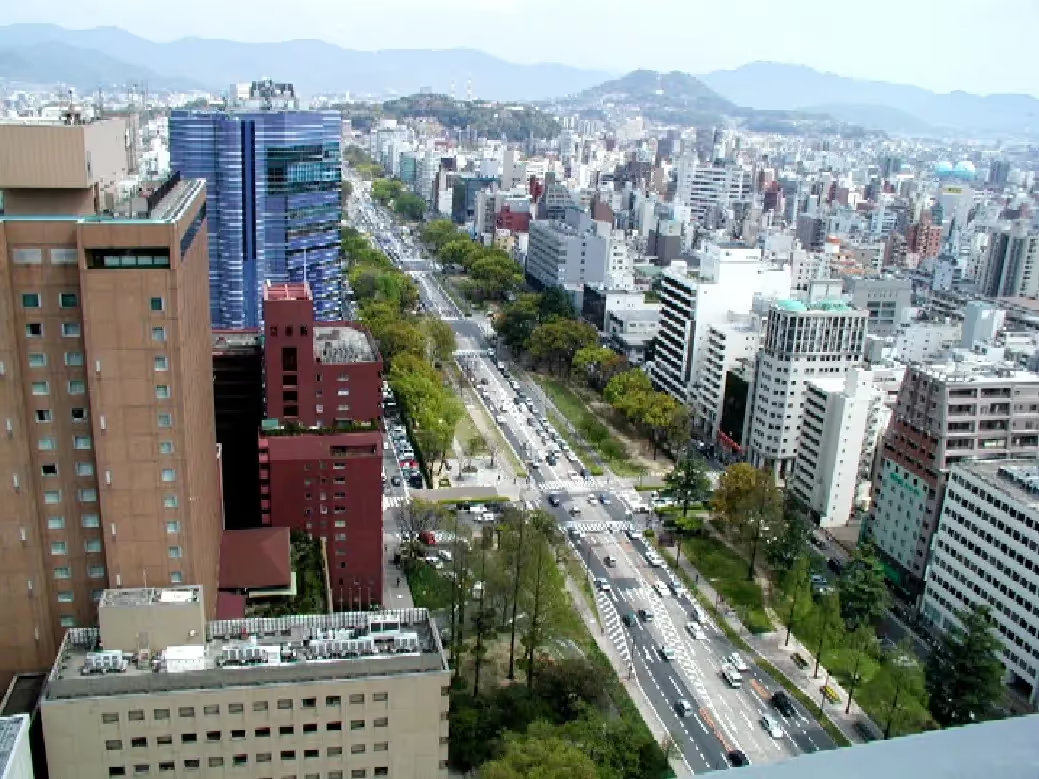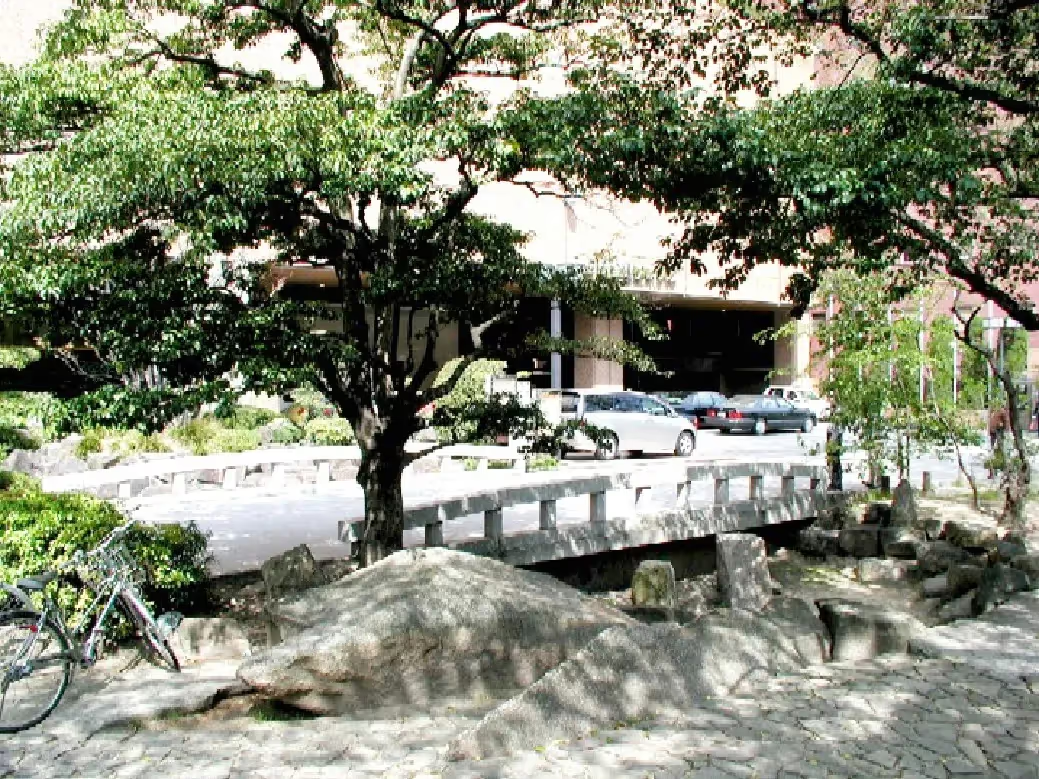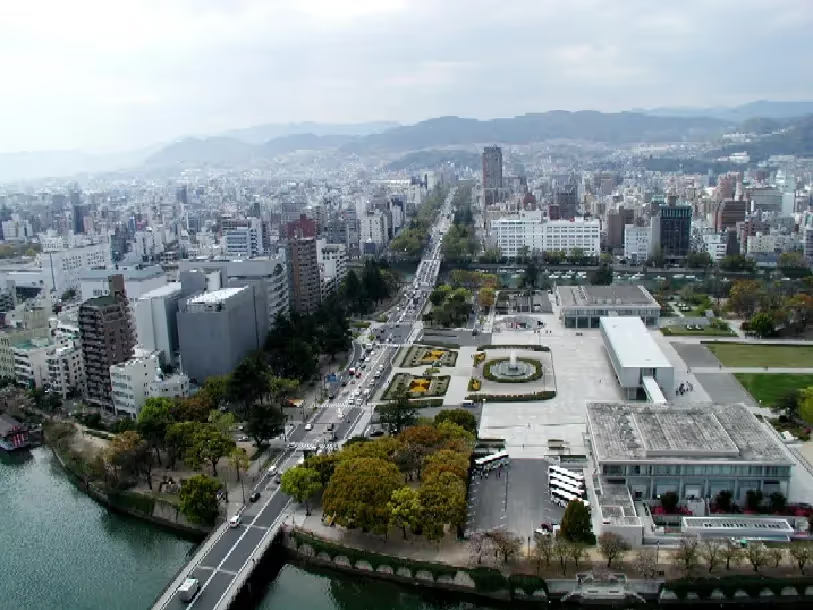A biweekly newsletter with public space news, resources, and opportunities.
A curated dispatch on all things public markets plus the latest announcements from the Market Cities Program.
Please note that these Hall of Shame nominations were written in a moment in time (most over a decade ago) and likely have since changed or even been transformed. If the above entry is now great, or still not so great, go ahead and comment below on how it has evolved or nominate it as a great place.

Peace Boulevard is home to many festivals and events throughout the year.

Peace Boulevard is an important symbol for Hiroshima, which was constructed based on the Hiroshima Peace Memorial City Construction Plan enacted in 1952. The major elements of the street are four traffic lanes in the middle and two green belts on both sides. The green belts extend to about 4km. Most of the trees planted on the green belts were presented by the people around Hiroshima between 1957 and 1958.
Peace Boulevard is also called '100 Meters RoadÍ due to its width. Although 24 100-meter-wide roads were planned in some cities damaged during the war, only two in Nagoya and one in Hiroshima have actually been constructed.
In addition, two bridges were built on the street make it a special place. The railings of Heiwa-ohashi Bridge and Nishiheiwa-ohashi Bridge were designed by world-renowned sculptor, Isamu Noguchi.
Because most part of the street is located in central Hiroshima, it is accessible on foot or by transit. Thus many commuters and inhabitants use this road as major movement route.
The green belts provide place where people can relax. Nearby office workers and tourists often take a rest under the trees in the green belts. The green belts are regularly maintained, and it is always kept neatly.
The eastern part of the street is located in a commercial district, and is mainly used by office workers and tourists. The central part of the street faces Peace Memorial Park, and is mainly used for interchange and learning of the various people who visited the park. The western part of the street is located in a residential area and is mainly used for the rest and recreation of local inhabitants and play of children.
Peace Boulevard is usually used by nearby office workers and local residents, but when there is a special event, people gather from various places, and many people interact with each other. On every Sunday, morning market selling local farm products is held and is full of various people.
For three days of the beginning of May, the street becomes a vehicle-free promenade, and the Flower Festival is held. During the festival, Peace Boulevard is decorated with many kinds of flowers. And in green belts, various concerts and exhibitions are held.
Every year, the number of people who visit at the festival amounts to around 1.5 million.








*Please note that these Hall of Shame nominations were written in a moment in time (most over a decade ago) and likely have since changed or even been transformed. If the above entry is now great, or still not so great, go ahead and comment below on how it has evolved or nominate it as a great place.